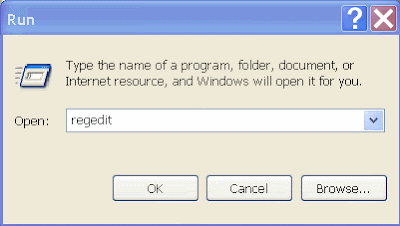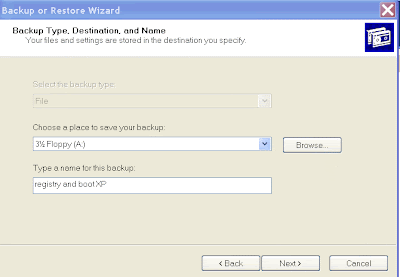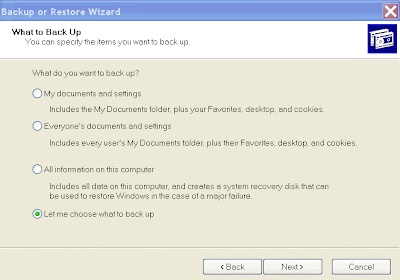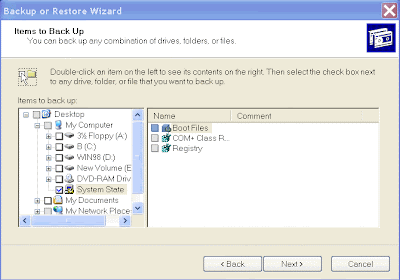IntroductionSingapore is a small country state. It has only about 700 sq. km of land area. It is in close proximity to Indonesia and Malaysia who are always sensitive to any development in its neighbours. The building of a nuclear plant on land or at sea will be out of the question; however, there is a good chance that we can build a nuclear plant in a rock cavern, deep inside a piece of large rock located underground.
What is a Cavern?Cavern is just an empty space in a piece of rock or some solid rock materials. Three quarters of Singapore is presently sitting on pieces of big granite rock. There are also rocks of different structures and materials underneath Singapore. Some rocks are so big that one can build swimming pools or warehouses or even an Olympic Stadium in them. They can be used to house many facilities. A nuclear electricity generating plant can be one of them.
Presently, Singapore has an ammunition storage cavern somewhere underneath Bukit Timah hill. It will soon have oil storage caverns in Jurong Island. These caverns are large enough to store a few warehouses of ammunition and also storage tanks bigger that those we have seen presently on the Jurong Island.
Why Cavern ?
1. Safety and security
- It is not exposed to military attack from the air
- It is not easily accessible because it would be rather hard to drill another access inside a rock located underground; hence, it is easy to keep facilities away from suicide bombers or the enemies.
- It is self contained. It can be built such that it will withstand and contain any nuclear disaster. There would be no need to remove any nuclear fuel or assemblies or debris. Monitoring would be minimal.
- Caverns are good for storage of nuclear fuel. Spent or used fuel if any need not have to leave the caverns. Such fuel can be stored and sealed in other caverns forever with minimum effort and maximum security. No radioactive materials would need to be re-handled on the surface.
- When the reactor reaches the end of its useful life, the whole facility could be sealed, complete with the spent fuel. This will avoid the many problems of handling and re-handling of the nuclear waste and the decommissioning of nuclear facilities. The sealed cavern will need only minimal remote monitoring until it is ready for safer disposal.
- The nuclear plant can be designed to have no serious impact to the environment above ground. The vulnerable materials will be located inside the caverns. The use of the surface footprint would be limited to the accesses for the cavern, the electric power lines, the secondary cooling and other non-radioactive secondary circuits.
1. Switzerland
- The country, one of the Europe's smallest (but still 50 times larger than Singapore), began its experiment with nuclear energy in 1957. Now, it has 5 nuclear plants supplying 40% of the electricity generation.
- They have a nuclear reactor constructed in 1962 located inside a rock cavern but it was decommissioned in 1969 due to an accident. It is recommended that Singapore understudies these developments in Switzerland.
Norway, Sweden and some other countries has constructed power plants in caverns. But all of these are not nuclear plants.
3. Words from the Experts
Jan A Rygh, a former director of a consulting company responsible for the overall planning of the Gjøvik Rock Cavern for the Olympic Stadium said that "we can easily create caverns big enough to put nuclear reactors .. and we would never experience another Chernobyl"
Problem and Concerns
1. Water seepage
- Water seepage can be a problem for caverns as no wall sealants will be permanent forever. The advent of membrane and the rock-engineering technology for sealing and draining would help. However, caverns can always be pressurized just like a balloon so that equal pressure will keep the water away. A well designed facility would need no real water pumping facilities that would otherwise required to contaminate the surface and environment.
- Our neighbour and Citizens will protest. They will be very fearful of "what if". There should be efforts spent to educate them.
- The careful selection of a piece of rock to construct the nuclear plant is very important to ensure its success. Singapore has very good granite rocks underneath. We should be able to construct a good cavern that can withstand the catastrophic failure of a nuclear plant. We could always select a piece of good rock underneath the sea bed.
- There was no report of a total collapse of caverns in operation although there were reports about collapse of underground tunnels during the construction stage. The construction of space in cavern and underground tunnels are totally different in nature. The more than 30 times construction cost difference between them could give some prospective although the former involves taking out solid rock materials and the latter involves removing of the soft earth materials that will normally settle in time.
- In Sweden, nuclear fuel are stored at about 30 metres below sea level. They have plans to store spent fuel finally 500 metres below. If the nuclear cavern is to be located under the sea bed, it should not have affected the shipping lanes as the seabeds are only of depths around 20 metres.
The Swiss failure was due a burst in one of the pressure tubes, causing the reactor to malfunction. It is not quite related to the use of cavern for nuclear operation. More than 30 years have since passed, the advent of technology must have a solution to prevent a recurrence. This is a good example where Singapore could learn much from the Swiss before embarking a similar project.
6. Will the Cavern Be Able to Withstand Nuclear Blast?
There was no report of any nuclear test carried out using caverns although there were underground tests carried out as shown in this video. The blast at Chernobyl of Russia was said to be 50 Kilotons or 2.5 bigger than the 20 Kilotons shown in the video. But the following report indicated that underground nuclear test of more than 1 megaton had been carried out in the US. It is believed that caverns can be made to contain the nuclear catastrophic failures.
Other Alternatives
Other possible alternative is to construct a nuclear plant on floating platforms and float it 100 km away in Pacific Ocean. But this idea may be too risky as a nuclear power station is not only expensive with long submarine cables but also subject to security risk and many other legalities with Law of the Sea.
Conclusion
Singapore is a small nation that has no natural resource. It depends solely on fossil fuel for its electricity generation. It has no other alternative energies that can be harnessed in big quantities to alleviate the shortage of electricity supply. It will have to resort to building more and more fossil fuel plants in the future until it can find an alternative. Nuclear Power Plant built inside a cavern can be one of such an alternatives. The Government should spend efforts not only to carry out research and development work but also to educate its neighbours.

Construction work inside a rock cavern
Related Articles1. Creative use of underground space
2. Sweden's Nuclear Plant with underground storage facility
3. Switzerland’s first nuclear plant decommissioned
4. Underground Nuclear Explosion Tests
5 Mini Nuclear Power Plant for Singapore





























